Top 7 Amazing Water Conservation Methods
The Central Ground Water Board report published in 2017, reported that the groundwater levels of 256 districts out of 700 districts were critical or over-exploited. That means that water tables have dropped significantly in these districts because of over-exploitation. This only is enough to encourage water conservation and popularize different water conservation methods.
The 2018 NITI Aayog report on water resources in India states that almost half of India’s population (about 600 million people) face extreme water stress. The three-fourth of rural Indian households don’t have access to piped, potable water and have to rely on sources that can pose serious health risks. They also stated that India has become the largest extractor of groundwater, accounting for 25% of the total groundwater extracted. Also, 70% of all water sources are contaminated and major rivers are dying because of pollution. This NITI Aayog report concludes that “India is suffering from the worst water crisis in its history.”
India has about 16% of the world’s population but has access to only 4% of freshwater resources.
With limited water resources that are depleting fast, the need for water conservation has become the need of the hour. So, in this post, you can find out about different water conservation methods and how you can implement them.
Now that you have all information about why we need conservation. Now let’s move ahead by understanding what is water conservation.
What Is Water Conservation?
Water conservation can be defined as using water in the most efficient way to reduce unnecessary water wastage. It could include using technology for efficient use and conserving natural resources. Using certain hacks to reduce the amount of water needed to perform certain activities.
Water Conservation Methods
There are many ways to conserve water and reduce water consumption. Here you can find the list of the most popular water conservation methods to maximize the utilization of every drop of water.
- Rainwater Harvesting
- Grey water Recycling
- Pressure Reducing Valves
- Water Metering
- Water Efficient Bathroom Accessories
#1. Rainwater Harvesting
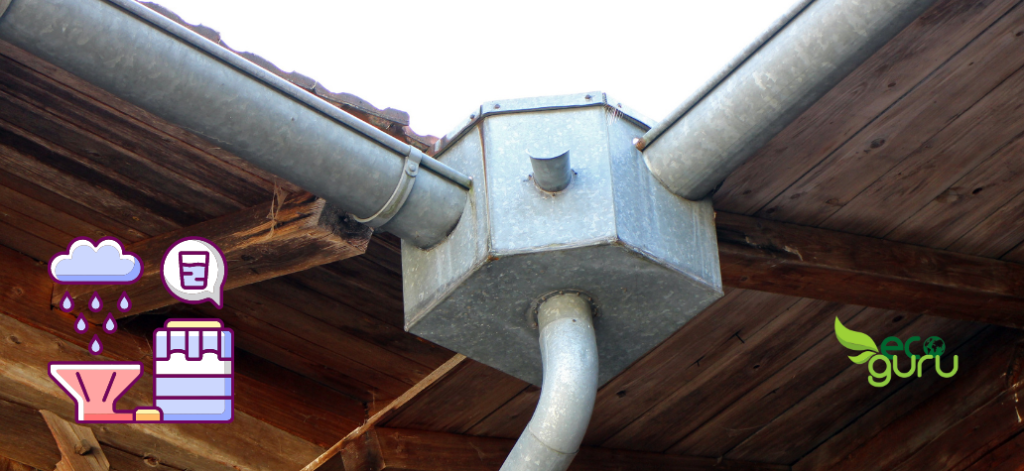
Rainwater harvesting is one of the most popular ways of water conservation methods. Rainwater harvesting is the process of collecting runoff water from rooftops, parks, roads, or open grounds. You need to follow a certain process to conserve rainwater by collecting, storing, conveying, and purifying.
Rainwater harvesting can be as simple as collecting the rainwater in rain barrels or as complex as collecting the rainwater in large tanks to meet the demands of the entire household. The idea of rainwater harvesting was first limited to farmlands, but it has slowly picked up to be amongst reliable alternatives for home and office water supplies.
Read more about rainwater harvesting systems here and visit here to know about how to set up a rainwater harvesting system.
Benefits Of Rainwater Harvesting
- Rainwater is clean and absolutely free source of water.
- Helps reduce the water bills and demand for water import or purchase.
- Helps improves quality and quantity of groundwater.
- Reduces soil erosion, flooding, and pollution of surface water because of fertilizers, pesticides and other sediments.
- Rainwater is an excellent source of water for landscape irrigation, as it is free of chemicals.
- Rainwater harvesting helps solve drainage problems of big properties while providing you with free water supply.
- In case of emergencies, stored rainwater becomes a reliable source of water.
- Rainwater harvesting promotes self-sufficiency and conserves water.
- Simple to set up and easy to maintain.
#2. Grey Water Recycling
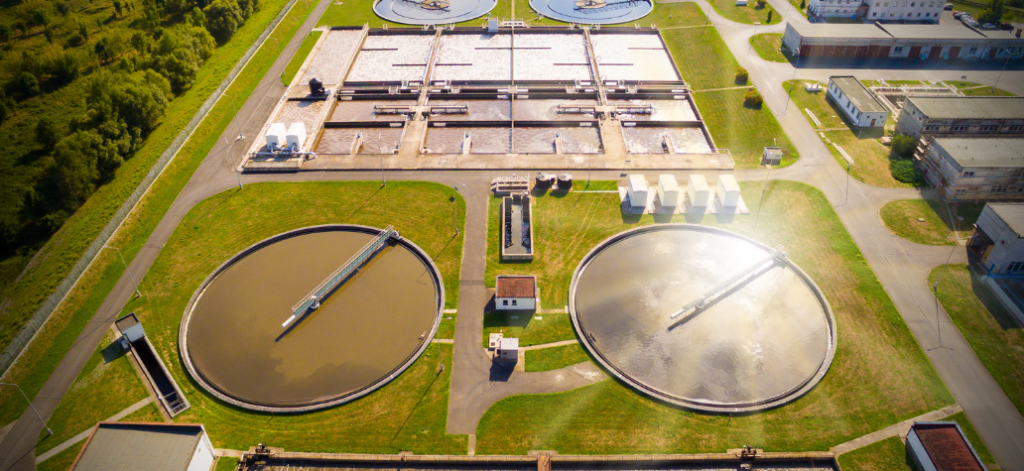
Greywater is all wastewater that is generated in households or office buildings without fecal contaminations. Greywater is basically the wastewater from showers, baths, basins, and washing machines. The greywater is simple to recycle and can be reused for toilet flushing, irrigation, and other non-potable uses.
Reusing wastewater is a critical part of water conservation. Greywater can be an important alternative source of water in arid areas with high demand in dry periods. Visit here to read about recycling wastewater using plants.
Benefits Of Grey Water Recycling
- Reduces freshwater extraction from rivers and ground.
- Reduced energy use and chemical pollution from water treatment.
- Helps in ground water recharge.
- Helps water vegetable and fruit plants, especially when water is in limited supply.
#3. Pressure Reducing Valves
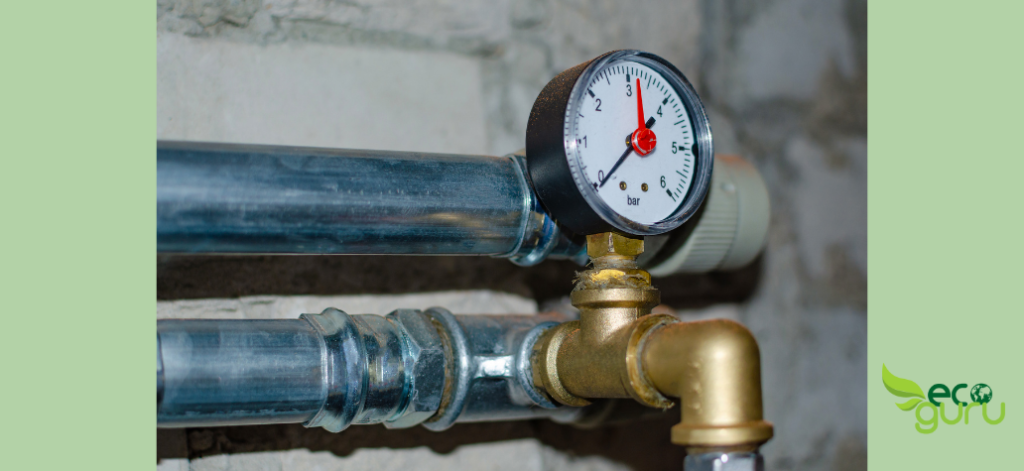
The pressure-reducing valves help control the amount of pressure of water in the water system. Using such valves ensures that there is a limit on the amount of water consumed. This ensures that the same amount of water gets utilized for longer durations.
The use of pressure-reducing valves can prove to be an efficient solution for water conservation in industrial, residential, commercial buildings.
Benefits Of Pressure Reducing Valves
- Pressure reducing valves helps save water.
- Increase the lifespan of plumbing materials.
- Reduce risks of water leakage.
- Limit the water usage and enable use of same amount of water for longer durations.
#4. Water Metering
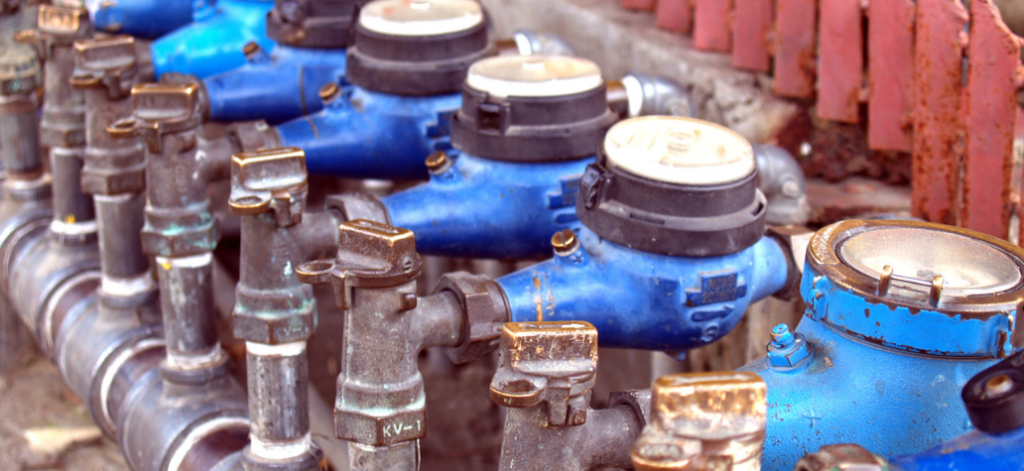
Water metering is amongst the best and easy-to-implement water conservation methods. Using a water metering system is an efficient way to encourage the efficient use of water and help reduce water wastage. Charging the residential and commercial buildings for the volume of water consumed ensures that people get conscious about their water usage.
By monitoring the water bill, you can check for unusually high usage and find out about leakages that might be happening.
Benefits Of Water Metering
- Metering the water usage acts as an incentive for conserving the water.
- Detect water leakage. Monitoring the water bill can help detect a sudden increase in water usage and detect leakage if any.
- Reduce water wastage as people get conscious about their water consumption.
#5. Water Efficient Bathroom Accessories
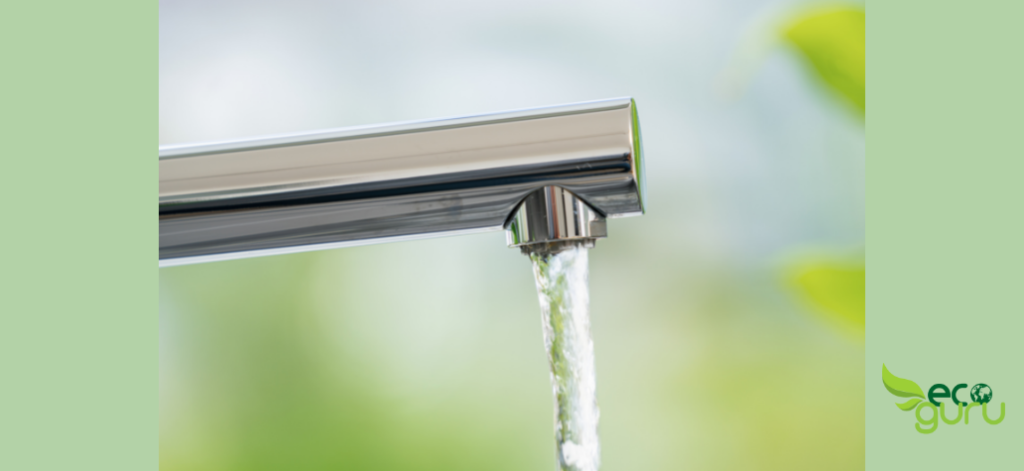
Another one in water conservation methods includes using water-efficient bathroom accessories. There are many bathroom accessories available now in the market that help limit water usage. These eco-friendly bathroom plumbing fixtures are amongst the easiest water conservation methods. The water-efficient toilet tanks, taps, and showerheads help reduce water consumption by up to 60%. Many innovative products are available in the market that help reduce water consumption without compromising on usage habits.
Benefits Of Water Efficient Bathroom Accessories
- Helps in reducing the water consumption by up to 60%.
- Innovations like changed spray patterns help reduce water usage without effecting usage habits.
- Reduce water bills with reduced water consumption.
- Easy to implement.
Tips For Water Conservation In Kitchen
- Use water-efficient plumbing fixtures and appliances in your kitchen.
- Turnoff taps tightly and get the leaking taps fixed as soon as possible before you waste litres of water.
- Avoid washing vegetables and fruits with running water. Instead, soak it in bowl to reuse water again.
- Reuse the wastewater from RO water purifiers for cleaning, washing purpose or watering plants.
- Avoid using running water to defrost frozen food. Instead, keep frozen food out overnight to let it defrost itself.
- When washing dishes by hand, don’t keep the tap water running when you are not rinsing the dishes.
- Use dish washers only with full load.
- Whenever possible, steam vegetables instead of boiling them.
- Avoid draining cooking water instead use it for watering plants.
- Use a designated water bottle to meet your all-day water needs to reduce the number of glasses to wash.
Tips For Water Conservation In Bathroom
- Use water-efficient plumbing fixtures and appliances in your bathroom.
- Turn off the water tap when you are brushing teeth or shaving.
- Turn off the shower when applying soap.
- Take shorter showers or use a bucket and mug to bathe with less water.
- Frequently check for leakage in taps or toilet flushing system.
- Use water aerators to limit the water usage while maintaining the water pressure.
- Hang towels in open space to dry instead of washing every time.
- Install a dual-flush toilet with two flush options: a half-flush and a full-flush.
Tips For Water Conservation Doing Laundry
- Run washing machines only with full load.
- Use high efficiency washing machines that limit water and energy use.
- Don’t wash towels after every use instead, dry them in open space and reuse them.
- Adjust the water use when using the small loads.
- Reuse the waste grey water to water plants.
- Add the right amount of soap to avoid the need of extra rinse.
Water Facts For India
- India has 16% of global population but only 4% of world’s fresh water resources.
- The 2018 NITI Aayog report on water resources in India states that almost half of India’s population (about 600 million people) face extreme water stress.
- As per waterproject.org, 21% of India’s diseases are water related.
- Over 3 lakh Indian children under five died because of diarrhoea in 2015.
- Women suffer most because of water shortage as they spend 150 work days every year fetching and carrying water.
- Large amount of groundwater extraction is happening for agriculture purposes.
Check here for the list of eco-friendly products that can help you lead an eco-friendly lifestyle.


Comments
5 Comments
[…] harvesting is amongst the most popular ways of water conservation. You can visit here to read more about different water conservation […]
[…] here to read more about rain harvesting systems and here to know more about water conservation […]
[…] here to read more about water conservation […]
[…] stage or over-exploited. This means that groundwater levels are dropping at a high pace. And water conservation is the only way that can help us prevent a catastrophe from […]
[…] read about different water conservation methods, Detailed account of rainwater harvesting system, and Processes of setting up a rainwater […]
Comments for this post are closed.